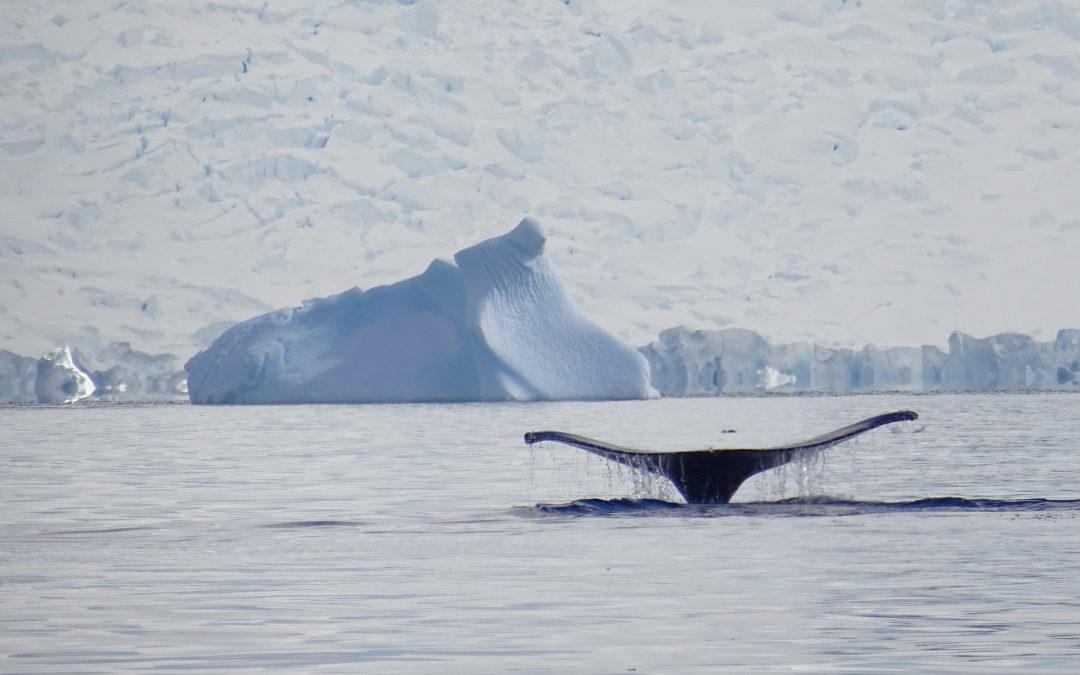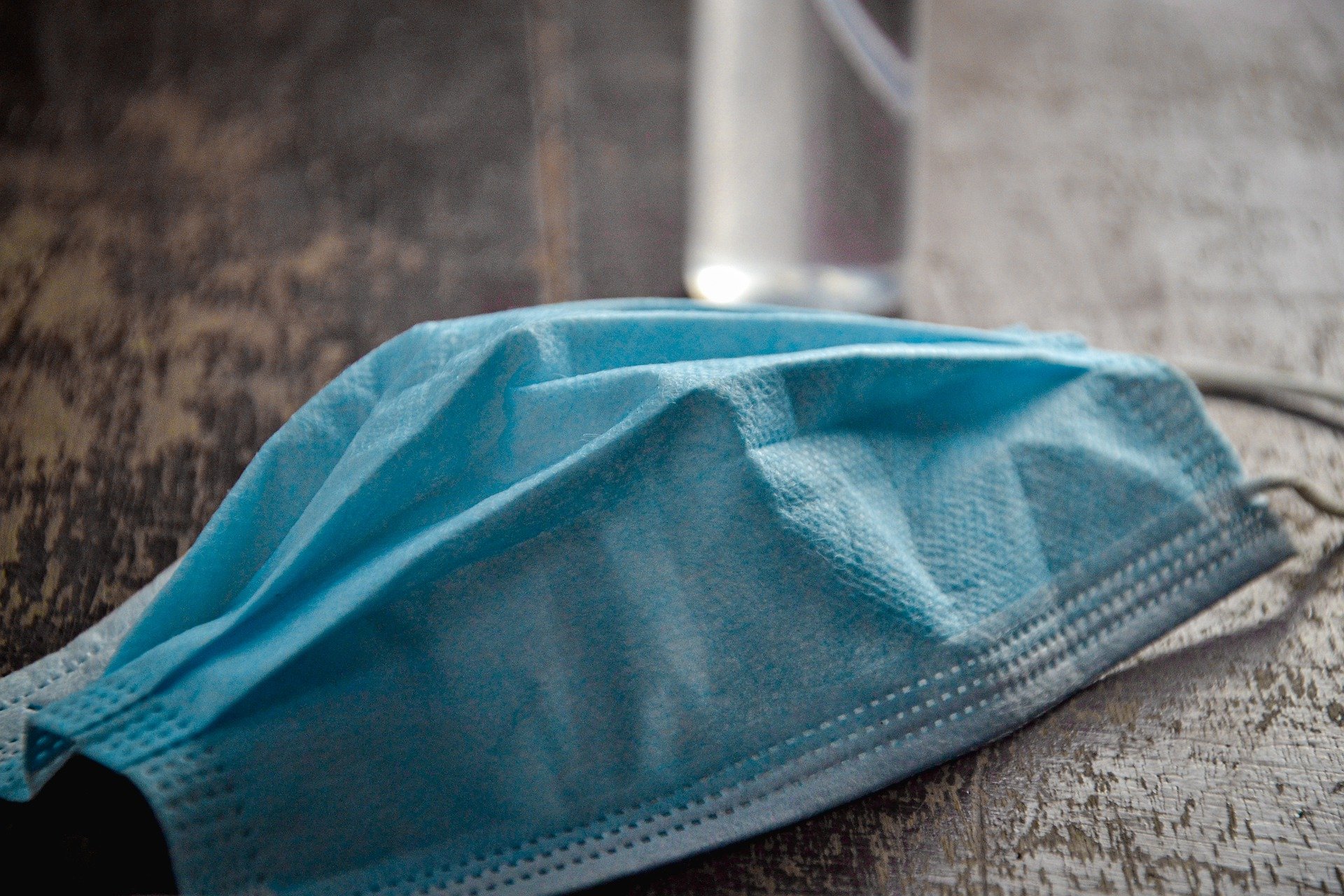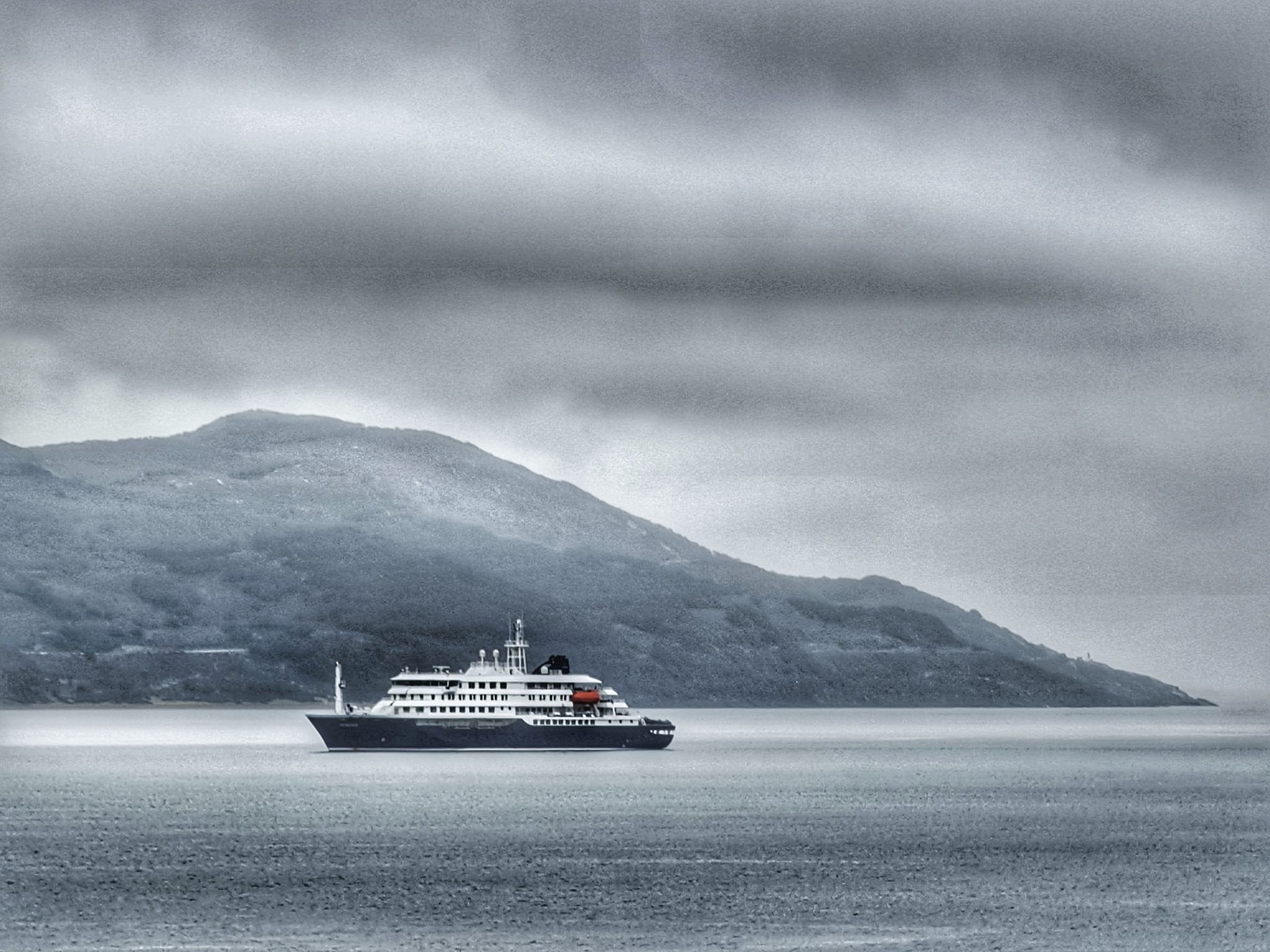Disaster has struck, as I knew it would. Our trip to Antarctica has been cancelled for the second time. I did record my anxieties with regard to relying on other people in a previous entry and, since then, all of my concerns have come to pass. Yes, we managed to arrive in Buenos Aires following a negative PCR test back in Ireland. But that, unfortunately, was just the first hurdle. There were more to jump, including a negative PCR test in Ushuaia tomorrow, plus negative PCR tests for all passengers and crew due to board the MV Hondius for Antarctica on Thursday.
Unfortunately, you would need absolutely everybody to isolate for two weeks pre-excursion to ensure the trip goes ahead and, with so many people coming from so many parts of the world, that would prove impossible. Add to that the fact the ship seems to embark for its next Antarctic adventure on the same day it arrives back in Ushuaia from the previous one, and you get the mixture of other tours on top of your own – with everyone passing through different airports and different hotels and mixing with the same expedition crews. It’s a logistical nightmare and so I wasn’t surprised when our trip was cancelled.
But, when Ernest Shackleton travelled to Antarctica on the Discovery with Robert Falcon Scott’s 1901 to 1904 expedition, he faced bitter disappointments of his own. After breaking a record and being one of three men to trek the furthest south anyone had ever gone, Shackleton fell ill and had to be dragged on a sledge part of the way back. He made good efforts to get up and use his skis when he could – largely due to the fact that he overheard Edward Wilson telling Scott that Shackleton wouldn’t make it through the night.
Despite that, when they returned to the Discovery, Scott had a medical examination carried out on Shackleton and, though the bullish Irishman protested and made it known he did not want to return home, he was declared unfit for further duties. In February 1903, he was shipped home – his soul crushed; his heart well and truly broken.
You can read more on all of that in Ranulph Fiennes book, Shackleton, which I’m reading now. Get it here. Just so you are aware, as an Amazon associate, I will earn a small commission on any purchase made through that link – and at no extra cost to you. But I want to make it very clear that I will never share affiliate links to products unless I highly recommend them.
Shackleton tried again during his 1907 to 1909 Nimrod expedition and reached within 97 miles of the nautical south pole before returning to ship. On his return to England, he was knighted and made Commander of the Royal Victorian Order.
Again, he tried when the British Imperial Trans-Antarctic Expedition (1914 to 1916) left England on the Endurance, under his leadership. Shackleton intended to cross the Antarctic, via the south pole, from a base on the Weddell Sea to McMurdo Sound. But the Endurance was crushed by the ice, leaving the crew to float on ice floes for five months before escaping to Elephant Island, where they were eventually rescued by Shackleton. Incredibly, none of the crew members died. It is the Endurance expedition for which Shackleton is most famous.
I cannot claim any similarities to the great Ernest Shackleton – not by a long shot. But it gives me great comfort to read about an Irish explorer and the trials and tribulations he faced throughout his life and on all his expeditions. Shackleton was going to get to the south pole or die trying and, sadly, he did die at the outset of his fourth Antarctic expedition – the third with him at the helm – on The Quest in 1921. He is buried at Grytviken in South Georgia.
While I don’t have that same level of commitment – I certainly will not “die trying” – I take great inspiration from Shackleton’s perseverance. We will get to Antarctica. This is the second time our expedition has been cancelled. We were so close this time – just two days from embarkation.
But we will get there. It’s not in our story not to.



